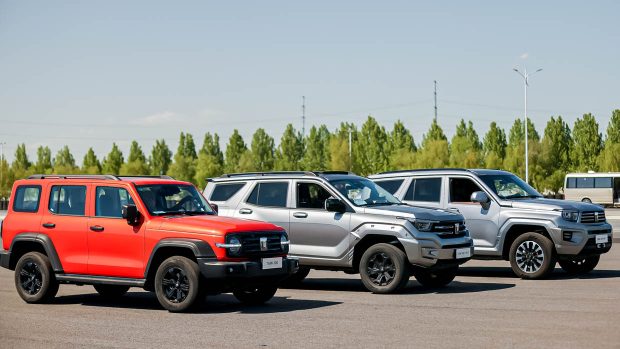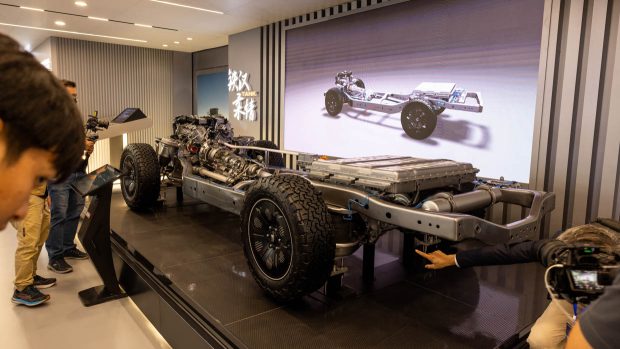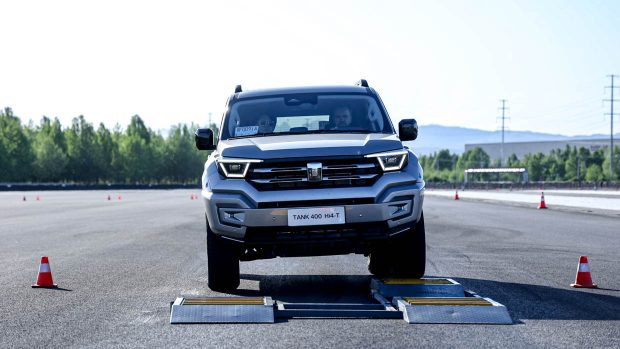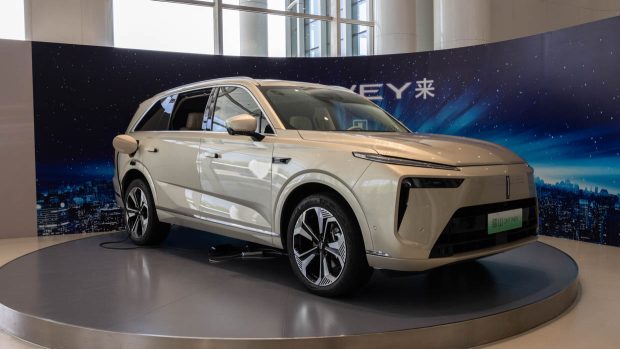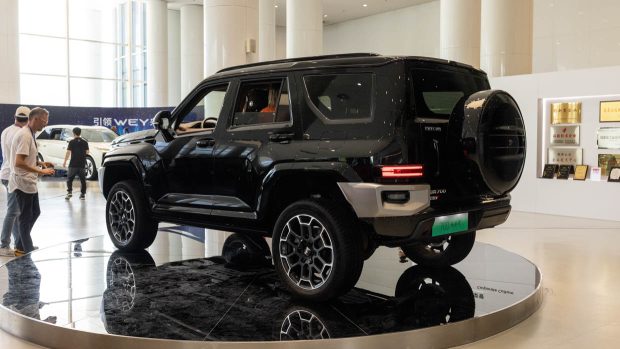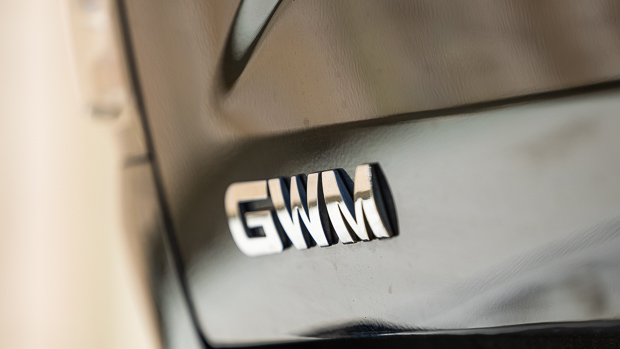-
Car Reviews
- Car News
-
Car Comparisons
Latest comparisons
- Chasing Deals
A vast array of plug-in hybrids are set to help GWM reduce its fleet average CO2 emissions to levels that will meet new laws
Chinese car manufacturer GWM and its Haval, Tank and Cannon sub-brands look set to welcome a host of plug-in hybrids to current and future models in Australia.
This would include for its popular Haval Jolion small SUV and H6 medium SUV; the current Cannon ute and incoming Cannon Alpha larger pickup, plus the Tank 300 4×4 SUV and recently introduced Tank 500 seven-seat 4×4 SUV.
Offering plug-in hybrid (PHEV) versions of the above would be an obvious response to next year’s introduction of the Australian government’s strict NVES emissions regulations coming to Australia.
These standards limit the average CO2 emissions of all vehicles sold by a car manufacturer in Australia within a year with penalties for breaching that level.
“We’ve been on record saying plug-in hybrids will need to be a part of that,” said GWM Australia communications and marketing boss Steve Maciver.
“In theory, anything we’ve got a hybrid drivetrain in today could be converted into plug-in as well.”
Which means plenty. Hybrid versions of GWM’s current crop include the Haval Jolion, Haval H6, Tank 300 and Tank 500, while the all-new Cannon Alpha pickup lands in a few months as Australia’s first ute with a full hybrid drivetrain – a 2.0-litre turbo petrol-hybrid offering a mighty 255kW and 648Nm of torque.
While most car companies are jumping all-in with full EVs to avoid or lessen penalties under the new NVES regulations, GWM’s only EV in its line-up is the Ora small hatchback.
GWM’s Tesla Model 3-rivalling Ora Sport electric sedan – already on sale in other markets – still hasn’t been confirmed for Australia, and recent price cuts to rivals and a reduction in the speed of EV sales growth could delay it further.
So PHEVs could plug the gap in the interim, but Australian buyers may need some convincing.
PHEV sales locally jumped 89 per cent in 2023 with 11,212 shifted, but that number was comprehensively shaded by full EV sales (87,217 and a 161 per cent jump) and especially conventional, closed-loop hybrids (98,439 sold, up 20 per cent).
The Haval H6 in its current generation is already available in other markets as a plug-in hybrid, and would be the most obvious candidate to come to Australia.
The H6 medium SUV will be heavily facelifted – likely before year’s end – and combining this timing with introducing a PHEV would make sense. But its price would have to stay sensible for Aussie buyers to bite.
By 2026, GWM’s new global mid-sized SUV – looking very much like the already-revealed Xiaolong Max – will likely be the next generation H6 for Australia.
It is offered exclusively with a plug-in hybrid powertrain – a 1.5-litre four-cylinder petrol plus a pair of electric motors, combining for a hearty 205kW and 585Nm. Chinese figures state an EV-only driving range of 83km (reckon on about 50-60km WLTP) while acceleration’s a keen 6.8 seconds to 100km/h.
The coupe-backed Haval H6 SUV, the H6 GT, is already available as a PHEV in overseas markets (but not currently right-hand drive), so it’d be a likely candidate too for us should GWM’s PHEV push materialise.
Haval’s best-selling model, the Jolion small SUV, is set for a new generation in about 12-18 months. At GWM’s pre-Auto China Show product showcase, we spotted a Jolion-sized ‘Dragon Max’ plug-in hybrid. Again, that car could well be an option for Australia when then new version drops.
What else? The current Cannon Ute and in-coming larger pickup Cannon Alpha are also being considered as PHEV offerings for Australia.
The Alpha has been shown with GWM’s Hi4-T drivetrain tech. This involves 2.0-litre turbo petrol (180kW/380Nm) and 3.0-litre V6 turbo petrol (260kW/560Nm) engines, nine-speed ‘hybrid special’ gearboxes, a 120kW/400Nm electric motor, 37kWh battery and mechanical 4WD.
Figures are striking. Combined figures are up to 385kW/800Nm, royally trumping anything on the diesel front. The same PHEV system in GWM’s Tank 700 3.0T Hi4-T (under consideration for Australia) is 385kW and 850Nm in the top spec Limited Edition grade.
Which brings us to Tank’s 4×4 range, currently represented in Australia by the 300 large SUV and 500 large SUV with seven seats. What is the PHEV potential of these?
“A Tank 500 PHEV is a realistic option,” said Steve Maciver. “If it’s available, the discussion would need to be around right-hand drive, but the technology is there.”
Flagship would be the hardcore 4×4 luxury Tank 700 PHEV. “That would be a bit further down the line, and it’d have to be considered with its pricing perspective,” Maciver said. For now, the only Tank 700 available in overseas markets is a plug-in hybrid.
The top-spec Tank 700 Hi4-T PHEV would translate to roughly $150,000 in Aussie dollars – clearly a price few would pay, despite its luxe.
But lesser grades cost closer to $100,000 in our money, which would give Toyota LandCruiser 300 and Nissan Patrol shoppers something to think about, not least to those keen on PHEV tech.
Making business cases for any of the above will be key to see if we receive. But with NVES inching ever closer, and GWM clearly having the vehicles ready or near-ready, and the ability to act quickly, a flood of GWM PHEVs looks likely in the near future.
Latest news
About Chasing cars
Chasing Cars reviews are 100% independent.
Because we are powered by Budget Direct Insurance, we don’t receive advertising or sales revenue from car manufacturers.
We’re truly independent – giving you Australia’s best car reviews.
